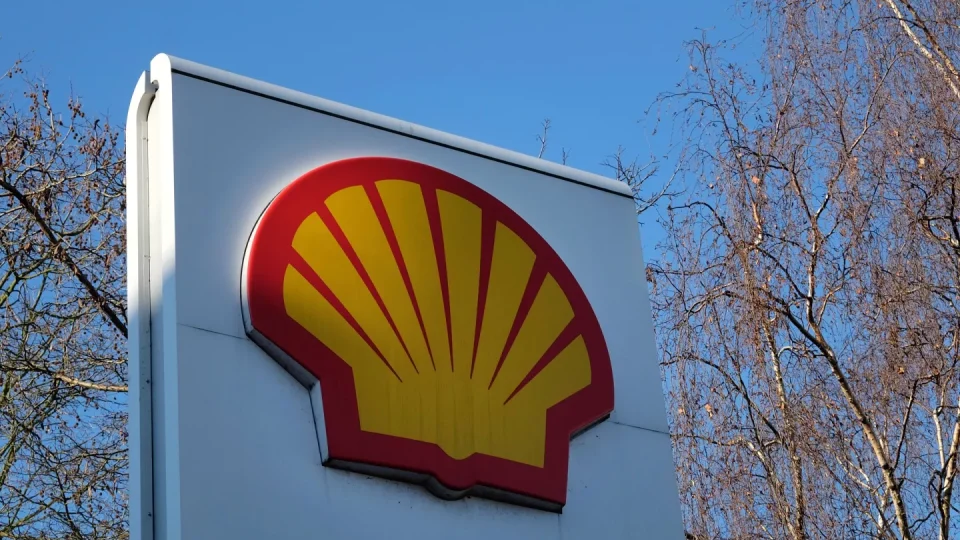In a move that has caught the attention of investors and industry analysts alike, Shell (NYSE: SHEL) has announced significant changes to its financial strategy. The oil giant is set to increase shareholder distributions while simultaneously reducing its capital expenditure, signaling a shift towards greater financial discipline and shareholder value.
The company revealed plans to boost shareholder distributions to 40-50% of cash flow from operations, a notable increase from its previous range of 30-40%. This decision reflects Shell’s commitment to rewarding its investors and potentially attracting new ones in an increasingly competitive market.
Alongside this increase in shareholder returns, Shell also announced a reduction in its annual spending. The company now aims to lower its expenditure to $20-22 billion per year through 2028. This represents a significant decrease from its previous target range of $22-25 billion for 2024 and 2025, which was set just two years ago in 2023.
The dual strategy of increasing shareholder returns while cutting costs appears to be resonating with investors. Following the announcement, Shell’s stock saw a positive response, with shares rising more than 1% in London trading.
Shell’s CEO, Wael Sawan, emphasized the company’s transformation towards becoming simpler, more resilient, and more competitive. “We want to become the world’s leading integrated gas and LNG business and the most customer-focused energy marketer and trader, while sustaining a material level of liquids production,” Sawan stated.
The company’s focus on liquefied natural gas (LNG) is particularly noteworthy. Shell, already the world’s largest LNG trader, aims to grow its LNG sales by 4-5% annually over the next five years. This aligns with Shell’s projections of a 60% increase in global LNG demand by 2040, driven by economic growth in Asia, the impact of artificial intelligence, and efforts to reduce emissions in heavy industries and transportation.
In addition to these changes, Shell has set ambitious targets for free cash flow growth, aiming for an increase of more than 10% per share annually through 2030. The company also plans to continue its cost-cutting measures, targeting cumulative reductions of $5-7 billion by the end of 2028 from a 2022 baseline.
These strategic shifts come at a time when oil majors are under increasing pressure to balance profitability with environmental concerns. Shell maintains that it will uphold its climate targets and ambitions as outlined in its Energy Transition Strategy 2024.
The company’s move to prioritize shareholder returns and reduce spending reflects a broader trend in the energy sector, where investors are demanding greater capital discipline and higher returns. As the industry navigates the complexities of energy transition and market volatility, Shell’s strategy adjustment positions it to deliver value to shareholders while adapting to changing market dynamics.
As Shell embarks on this new chapter, the energy industry will be watching closely to see how these changes impact the company’s performance and its role in the global energy landscape.

